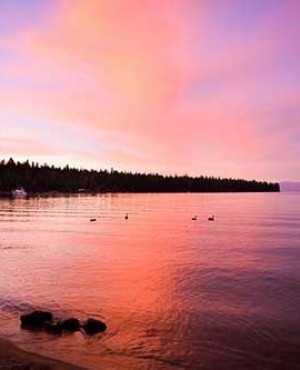
Oklahoma – The Potawatomi people of North America have a long history of moving and of being moved across the Great Lakes region. From the people’s aboriginal home in Michigan’s lower peninsula, what has happened to their people? What do we know about them now?
The meaning behind the name
At one point in the Potawatomi’s history, the people belonged in one tribe along with the Ojibwe and Odawa. Various linguistic comparisons, archaeological discoveries, and other historical evidence support the idea that the three ethnic groups of the present once belonged to the same tribe.
Throughout the centuries, the group divided as they continued moving from one area to the next. They were then known as the Council of Three Fires, with the Ojibwe known as the “keepers of the faith,” the Odawa as the “keepers of the trade,” and the Potawatomi as the “keepers of the fire.”
The almost identical languages of Potawatomi, Ojibwe, and Odawa are proof of their long historical connection. Aside from such, the three groups also share distinct similarities in their oral traditions that further strengthen the claim. However, focusing on the Potawatomi, there is a difference with the known name of the peoples. In the Potawatomi’s language, they call themselves Neshnabé, which means “true people.” This identity is distinct from the linguistic translation of the ethnic group’s name Bodéwadmi, which means “keepers of the sacred fire.”
Lifestyle and Modern Living
As seen in studies, the Potawatomi of the past extensively lived on hunting, fishing, and gathering food resources during the summer. However, they were also active in their agricultural practices of cultivating corn, beans, and squash. Within this system, the people had to move from one area to the next, depending on the season, to find the most adequate and sustainable place to live.
Despite Potawatomi’s constant movement, the people had a clear community practice. The people were organized into clans that are exogamous and patrilineal. In this sense, the people could not marry anyone from the same clan. The families trace their ancestral descent based on their father’s line. However, there was still a strong connection to each family’s maternal father’s lineage.
Such an organization within the community also led to more defined practices of kinship where respect and clan assistance were observed. The extended ancestral lineage helped in each community’s lifestyle practices for putting food on the table.
However, throughout the centuries, the people had to move from their aboriginal home in Michigan’s lower peninsula and to the now northeastern Wisconsin region in the United States. The ethnic communities moved due to the French, British, and Dutch colonies’ expansions inland. These colonies came from the eastern seaboard and later on occupied more areas inland.
A Shift in the 19th and 20th Centuries
The movement of the Potawatomi communities continued as centuries passed. However, this did not stop the people from continuing their way of living. The ethnic people also expanded their territory, which even led to the conquest of various tribal lands in northwestern Ohio, northern Illinois, northern Indiana, southeastern Wisconsin, and southern Michigan. This expansion may have been challenging in terms of keeping the various villages in contact with each other, but their clan organization helped the Potawatomi maintain their communication with each other. Their continuous movement at the time brought new contact with other tribes, and intermarriages happened.
At the present, there have been many changes already in the practices and lifestyles of the modern Potawatomi. The Wisconsin Potawatomi, for instance, is federally recognized. The people have also expanded the amount of reservation land that their community has under the federal trust. The younger generation has access to the ethnic values, history, culture, and traditions of their ancestors. There is a constant effort to keep these values and practices protected and further nurtured.
Image from Samantha Fortney, https://unsplash.com/@goldencoastgrams



